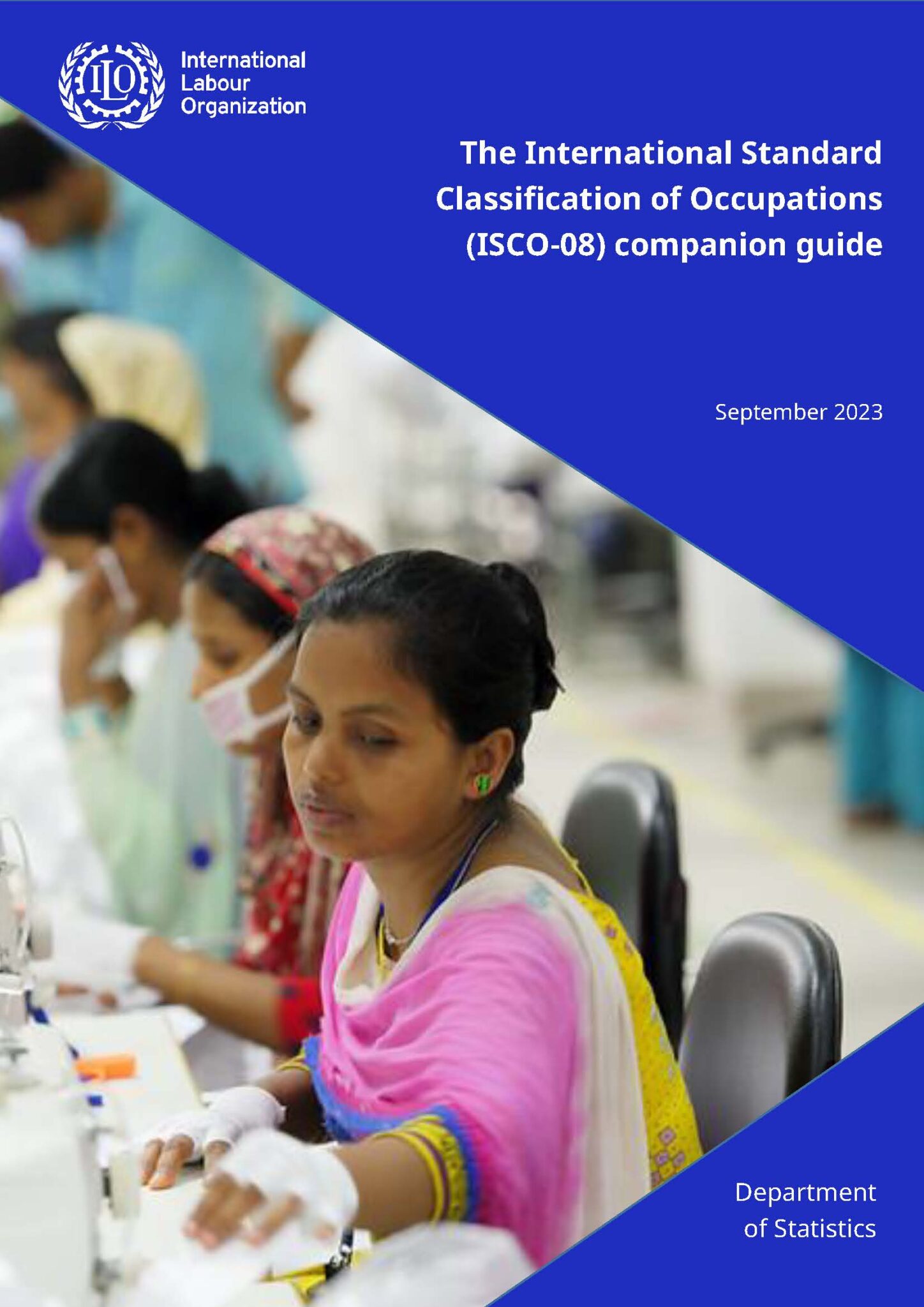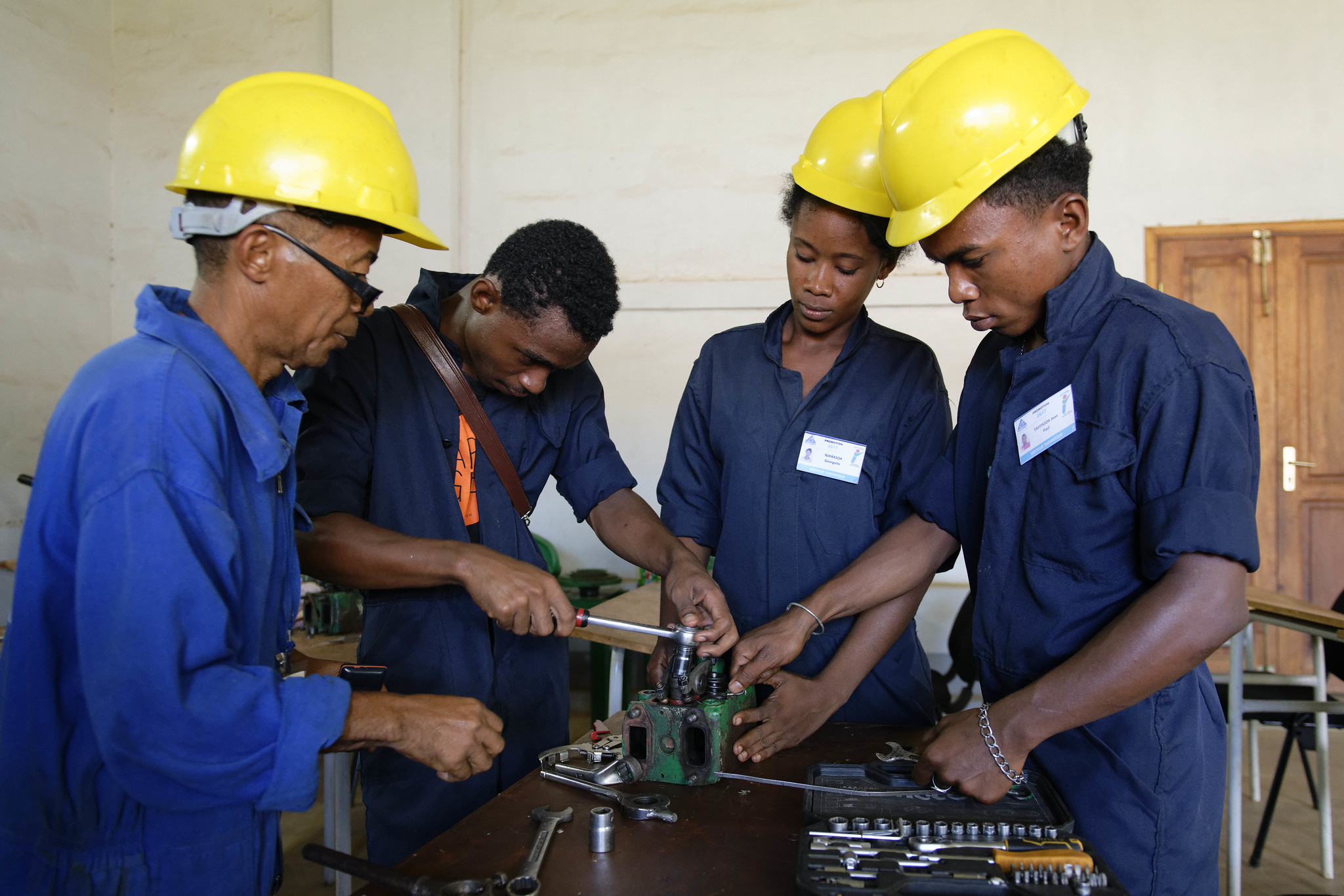
The complex link between education and labour underutilization
On World Youth Skills Day, we explore the hardships of university graduates to find decent jobs around the world.
The complex link between education and labour underutilization Read More »







